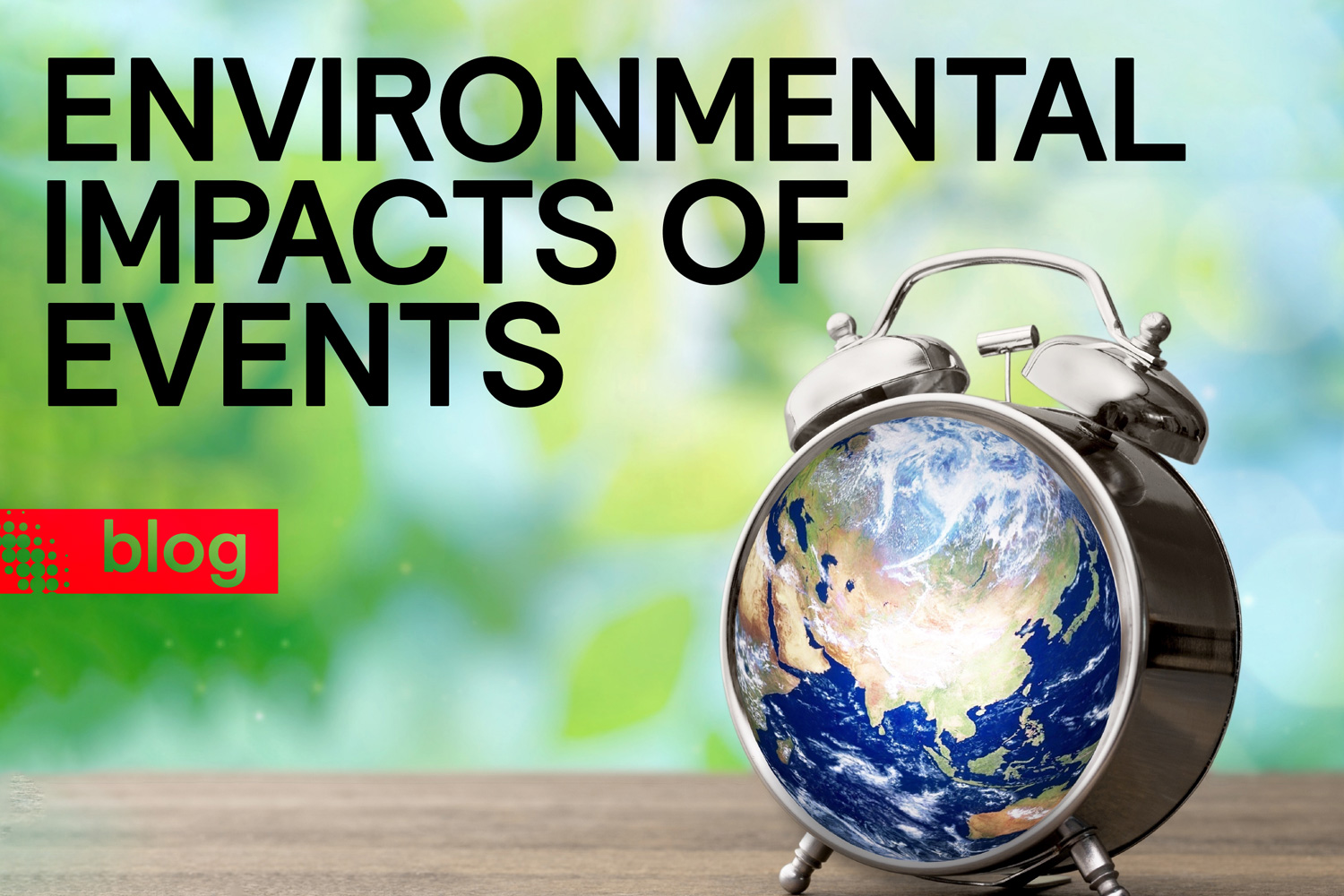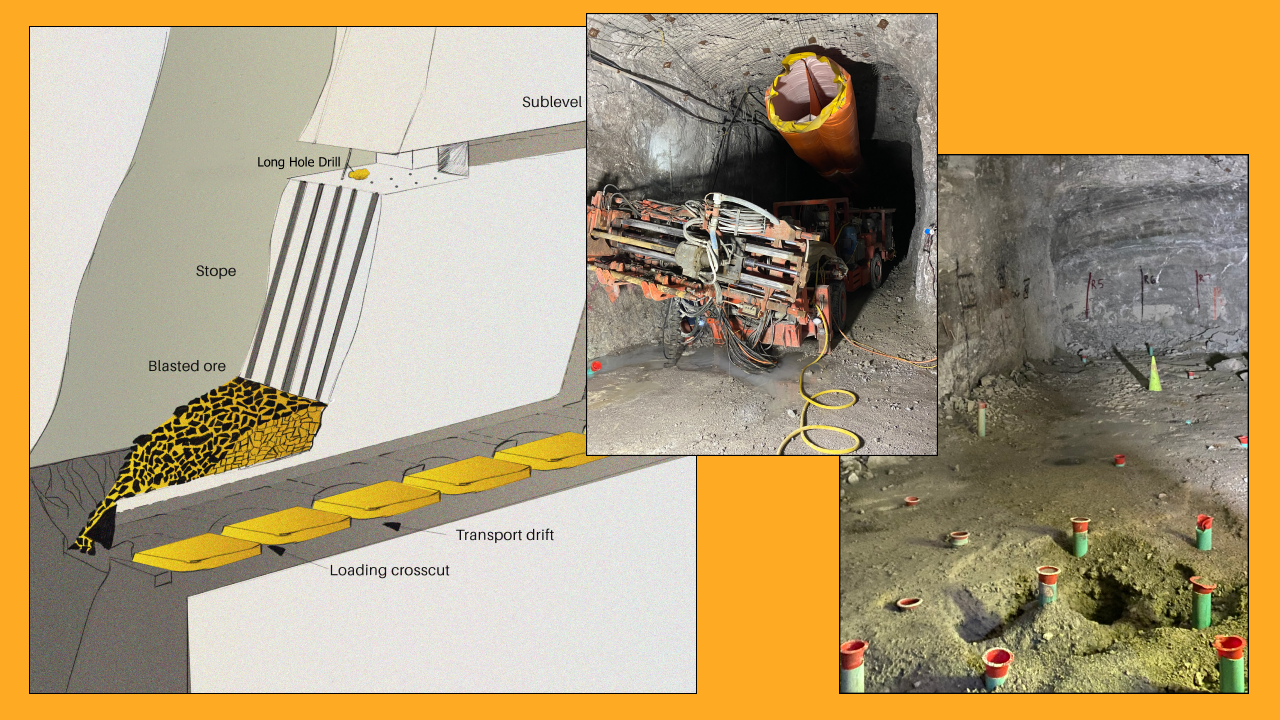Mining is an essential industry that provides vital resources for modern society, including metals, minerals, and energy. However, the extraction and processing of these resources can have significant environmental impacts. This article explores the various environmental effects of mining, the challenges posed, and the strategies being employed to mitigate these impacts.
Key Environmental Impacts of Mining
- Land Degradation:
- Mining operations can lead to the destruction of landscapes and habitats. Open-pit mining and strip mining, in particular, can cause significant alterations to the land surface, resulting in loss of biodiversity and disruption of ecosystems.
- Water Pollution:
- Mining activities can contaminate water bodies with heavy metals, toxic chemicals, and sediment. Acid mine drainage, a process where sulfide minerals react with water and oxygen to produce sulfuric acid, poses a serious threat to aquatic ecosystems and can render water supplies unsafe for human use.
- Soil Contamination:
- The use of hazardous materials in mining operations can lead to soil contamination. Chemicals such as cyanide and mercury, commonly used in the extraction of gold and other metals, can leach into the soil, affecting agricultural productivity and ecosystem health.
- Air Quality Deterioration:
- Dust and emissions from mining operations can contribute to air pollution. Particulate matter from blasting and transportation of materials can affect air quality and pose health risks to nearby communities.
- Climate Change:
- Mining activities contribute to greenhouse gas emissions through energy consumption and the release of methane from disturbed land. The industry’s reliance on fossil fuels for equipment and transport further exacerbates climate change.
- Waste Generation:
- Mining produces large quantities of waste, including tailings (the leftover material after the extraction of valuable minerals) and overburden (the soil and rock that must be removed to access the ore). These waste materials can pose risks to the environment if not managed properly.
Challenges in Mitigating Environmental Impact
- Regulatory Compliance:
- Ensuring compliance with environmental regulations can be complex and challenging. In some regions, regulations may be insufficient, poorly enforced, or vary significantly from one jurisdiction to another.
- Economic Pressures:
- Mining companies often face pressures to minimize costs and maximize profits, which can lead to the prioritization of short-term gains over long-term environmental sustainability.
- Public Opposition:
- Mining projects can encounter strong opposition from local communities and environmental organizations, especially if there are concerns about potential environmental damage and impacts on local livelihoods.
- Technological Limitations:
- While advancements in technology have improved some aspects of mining, there remain significant gaps in the availability of environmentally friendly mining practices and efficient waste management techniques.
Mitigation Strategies
To address the environmental impacts of mining, various strategies and best practices are being employed:
- Sustainable Mining Practices:
- Adopting sustainable mining practices involves integrating environmental considerations into all aspects of mining operations. This includes using efficient technologies, reducing waste, and implementing responsible land use practices.
- Rehabilitation and Reclamation:
- Mining companies are increasingly required to develop and implement plans for the rehabilitation and reclamation of mined land. This involves restoring ecosystems, replanting vegetation, and ensuring that the land can be safely used for other purposes after mining ceases.
- Water Management:
- Effective water management strategies are essential to mitigate water pollution. This includes implementing systems to treat and recycle water, controlling runoff, and monitoring water quality to prevent contamination.
- Community Engagement:
- Engaging with local communities and stakeholders is critical for understanding their concerns and incorporating their input into mining operations. Building trust and maintaining open communication can lead to better outcomes for both the company and the community.
- Innovative Technologies:
- Research and development of new technologies that reduce environmental impacts are essential. Innovations in waste management, energy efficiency, and cleaner extraction methods can help minimize the ecological footprint of mining.
- Policy and Regulation:
- Stronger regulatory frameworks and policies that prioritize environmental protection can help hold mining companies accountable. Governments and organizations can promote best practices through incentives, enforcement, and transparency.
Conclusion
The environmental impact of mining is a complex issue that poses significant challenges to sustainable resource extraction. While mining is essential for providing materials necessary for modern life, it is imperative that the industry adopts practices that minimize harm to the environment. By implementing effective mitigation strategies, engaging with communities, and leveraging innovative technologies, the mining sector can work towards a more sustainable future that balances economic development with environmental stewardship. The commitment to responsible mining practices will be critical in ensuring that the benefits of mining can be enjoyed without compromising the health of our planet.



![Discovering the Hidden Gems of [Region Name]](https://bromine.info/wp-content/uploads/2024/10/Tips-to-attract-domestic-and-regional-markets-Study-Banner.jpg)